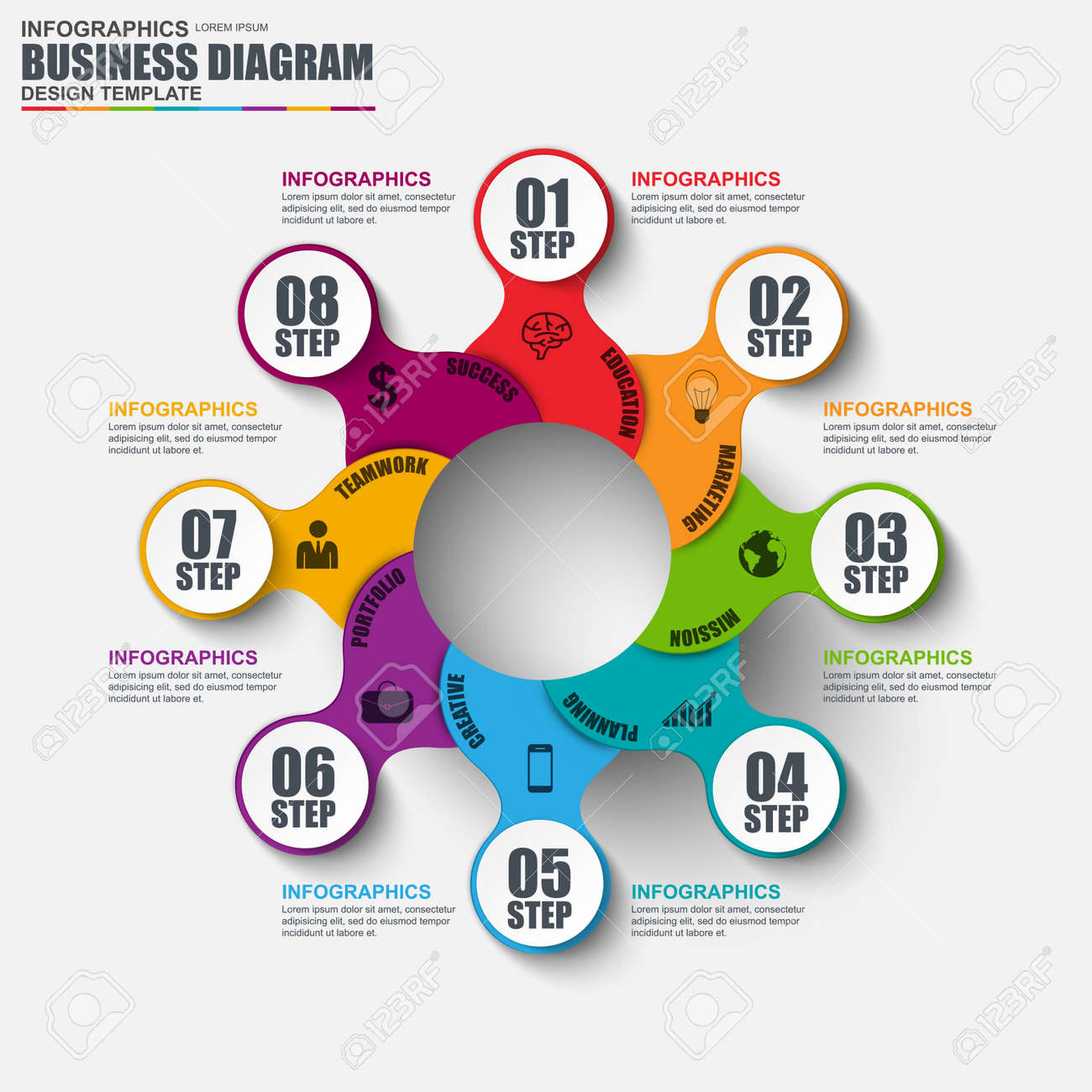Website Style Basics: Tips For Structure A User-Friendly Site
Website Style Basics: Tips For Structure A User-Friendly Site
Blog Article
Author-McKnight Thrane
When it comes to web site style, guaranteeing user-friendliness is vital. From receptive style to structured navigating, every element plays a vital role in developing a site that satisfies your target market's requirements. However what about the better information that can make or damage a customer's searching experience? Remain tuned as we discover some often-overlooked suggestions that can boost your website's use to the following degree, making it truly stand apart in the electronic landscape.
Relevance of Responsive Style
Receptive layout is a crucial aspect of modern-day site growth. Guaranteeing your web site is responsive methods that it can adjust to various display sizes and gadgets, giving a seamless experience for users.
With the enhancing use mobile phones and tablets to access the internet, having a responsive layout is crucial for getting to a larger target market. wordpress website development helps in boosting individual experience by making your web site easy to browse and keep reading any kind of gadget.
Furthermore, responsive design can favorably impact your search engine positions, as internet search engine like Google prioritize mobile-friendly sites. By having a responsive layout, you're likewise future-proofing your site, as new gadgets with varying display dimensions continue to emerge.
Simplify Navigating Structure
To improve individual experience and assist in very easy accessibility to details on your web site, simplifying the navigating framework is paramount. When creating https://original.newsbreak.com/@syed-balkhi-1592020/2655902639340-examples-of-content-marketing-and-how-they-help-brands-grow , concentrate on developing a clear and user-friendly navigating menu that assists visitors discover what they're trying to find promptly.
Limit the variety of menu products to the fundamentals, organizing relevant pages together to prevent overwhelming individuals. Use detailed tags that clearly indicate the web content of each page, making it easier for individuals to recognize where each link will take them.
Consider carrying out dropdown food selections for subcategories to stop cluttering the main navigating bar. In addition, include a search bar prominently on the page for individuals who choose looking for specific info.
Focus on mobile responsiveness in your navigation layout to guarantee simple gain access to on all gadgets.
Maximize Web Page Lots Speed
Improving page lots speed is critical for maintaining visitors on your internet site. Slow-loading pages discourage users and can cause high bounce prices. To maximize page tons speed, start by optimizing pictures. Compress photos without jeopardizing high quality to minimize their data sizes.
Additionally, enable browser caching to store often accessed resources locally, quickening load times for returning visitors. Minify CSS, JavaScript, and HTML documents by eliminating unnecessary personalities, remarks, and format, enhancing lots rate.
Consider using a web content distribution network (CDN) to disperse your web site's material across several web servers worldwide, minimizing latency for users accessing your site from different places. Lastly, limit using third-party scripts and plugins, as they can dramatically affect tons times.
Final thought
In conclusion, by including responsive design, simplifying navigating, and enhancing page lots speed, you can produce an user-friendly web site that attract a wider target market and enhances customer experience. These essential elements make sure that site visitors can quickly gain access to and navigate your site throughout various tools, resulting in enhanced interaction and complete satisfaction. By concentrating on these key aspects, you can construct a successful site that keeps individuals returning for even more.
